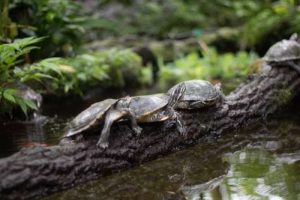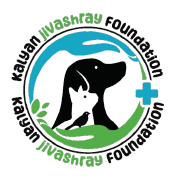Case Studies

Protecting Sea Turtles : The Fight Against Plastic Pollution
Sea turtles, ancient mariners that have roamed the oceans for over 100 million years, are now at significant risk due to human activities. Among the many challenges they face, plastic pollution has emerged as a particularly severe threat, endangering their survival and the health of marine ecosystems.
Plastic pollution affects sea turtles in various ways:
- Ingestion: Sea turtles often mistake plastic debris, such as bags and straws, for jellyfish, a common food source. Consuming plastic can block their digestive tracts, leading to starvation or internal injuries.
- Entanglement: Discarded fishing nets, also known as ghost nets, and other plastic waste can entangle turtles, restricting their movement and ability to surface for air.
- Habitat Destruction: Plastic waste pollutes nesting beaches, making it difficult for female turtles to lay eggs and for hatchlings to safely reach the ocean.
Conservation Efforts
Conservationists and environmental organizations around the world have launched initiatives to combat plastic pollution and protect sea turtles:
- Beach Cleanups
Regular cleanup drives remove plastic waste from nesting sites, ensuring a safer environment for turtle hatchlings. - Plastic Reduction Campaigns
Awareness campaigns encourage individuals and businesses to reduce single-use plastics, advocating for alternatives like reusable bags, bottles, and biodegradable materials. - Turtle Rehabilitation Centers
Centers are established to rescue and rehabilitate turtles injured by plastic pollution, giving them a chance to return to the wild.

Kalyan Jivashray
Kalyan jivashray, provides free treatment, shelter, and care for injured street animals and birds in need.
Copyright © 2024 Kalyan Jivashray. All Rights Reserved.
Developed by Universal Software Ahmedabad